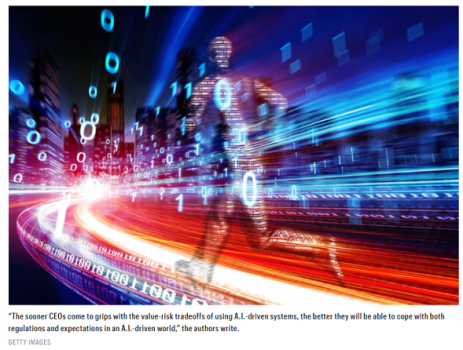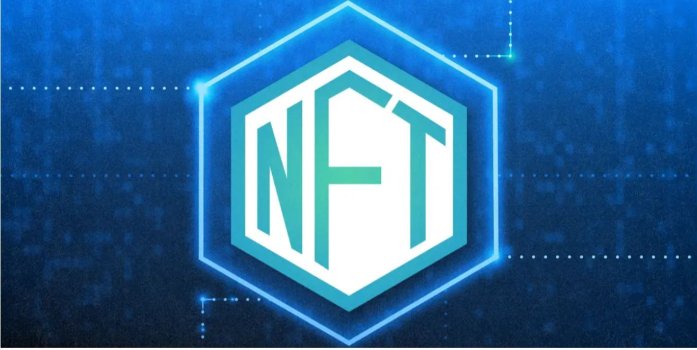Facebook Apologizes After A.I. Puts ‘Primates’ Label on Video of Black Men
- Technology Solutions
- 0 Replies
Facebook users who recently watched a video from a British tabloid featuring Black men saw an automated prompt from the social network that asked if they would like to “keep seeing videos about Primates,” causing the company to investigate and disable the artificial intelligence-powered feature that pushed the message.
On Friday, Facebook apologized for what it called “an unacceptable error” and said it was looking into the recommendation feature to “prevent this from happening again.”
The video, dated June 27, 2020, was by The Daily Mail and featured clips of Black men in altercations with white civilians and police officers. It had no connection to monkeys or primates.
Darci Groves, a former content design manager at Facebook, said a friend had recently sent her a screenshot of the prompt. She then posted it to a product feedback forum for current and former Facebook employees. In response, a product manager for Facebook Watch, the company’s video service, called it “unacceptable” and said the company was “looking into the root cause.”
Ms. Groves said the prompt was “horrifying and egregious.”
Dani Lever, a Facebook spokeswoman, said in a statement: “As we have said, while we have made improvements to our A.I., we know it’s not perfect, and we have more progress to make. We apologize to anyone who may have seen these offensive recommendations.”
Google, Amazon and other technology companies have been under scrutiny for years for biases within their artificial intelligence systems, particularly around issues of race. Studies have shown that facial recognition technology is biased against people of color and has more trouble identifying them, leading to incidents where Black people have been discriminated against or arrested because of computer error.
Continue reading: https://www.nytimes.com/2021/09/03/technology/facebook-ai-race-primates.html
On Friday, Facebook apologized for what it called “an unacceptable error” and said it was looking into the recommendation feature to “prevent this from happening again.”
The video, dated June 27, 2020, was by The Daily Mail and featured clips of Black men in altercations with white civilians and police officers. It had no connection to monkeys or primates.
Darci Groves, a former content design manager at Facebook, said a friend had recently sent her a screenshot of the prompt. She then posted it to a product feedback forum for current and former Facebook employees. In response, a product manager for Facebook Watch, the company’s video service, called it “unacceptable” and said the company was “looking into the root cause.”
Ms. Groves said the prompt was “horrifying and egregious.”
Dani Lever, a Facebook spokeswoman, said in a statement: “As we have said, while we have made improvements to our A.I., we know it’s not perfect, and we have more progress to make. We apologize to anyone who may have seen these offensive recommendations.”
Google, Amazon and other technology companies have been under scrutiny for years for biases within their artificial intelligence systems, particularly around issues of race. Studies have shown that facial recognition technology is biased against people of color and has more trouble identifying them, leading to incidents where Black people have been discriminated against or arrested because of computer error.
Continue reading: https://www.nytimes.com/2021/09/03/technology/facebook-ai-race-primates.html

























